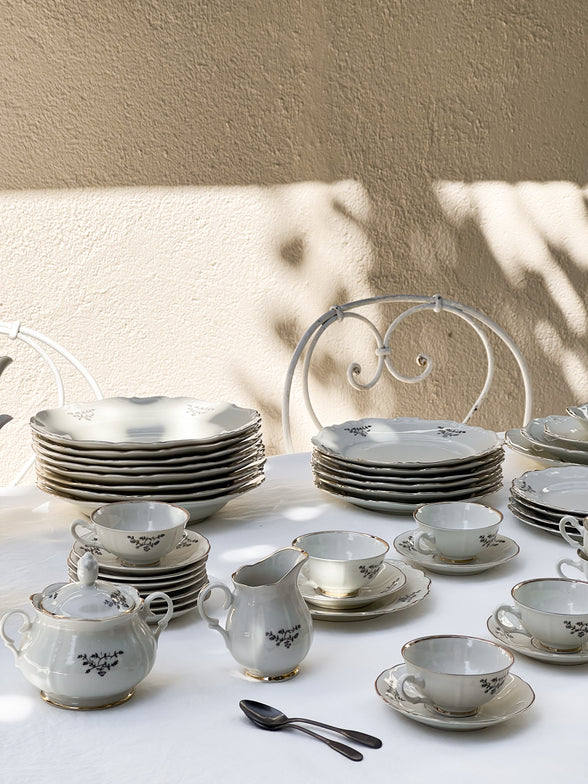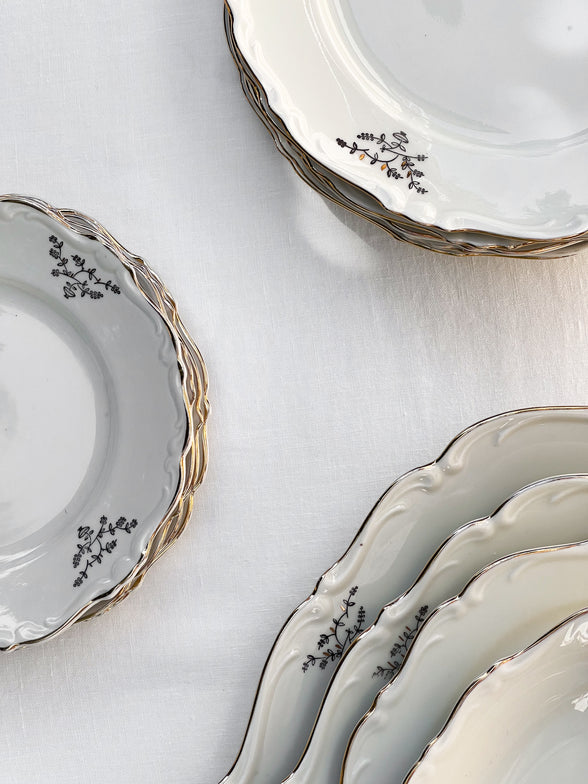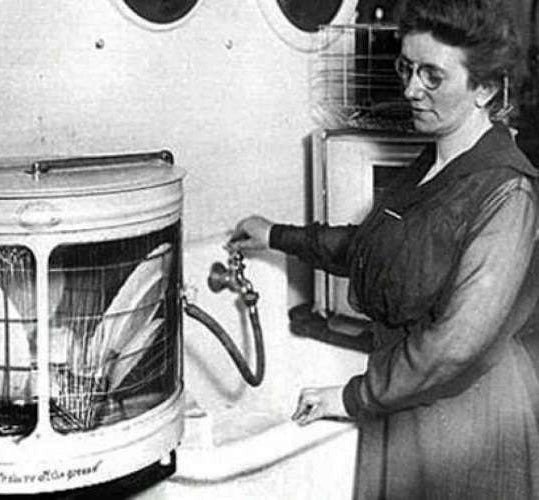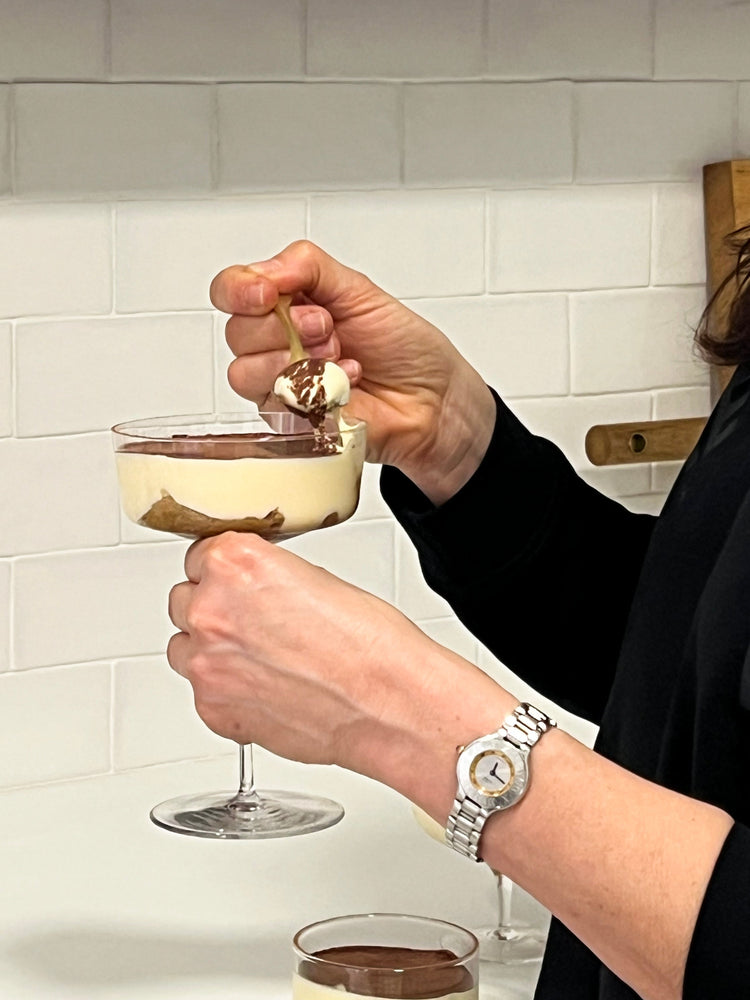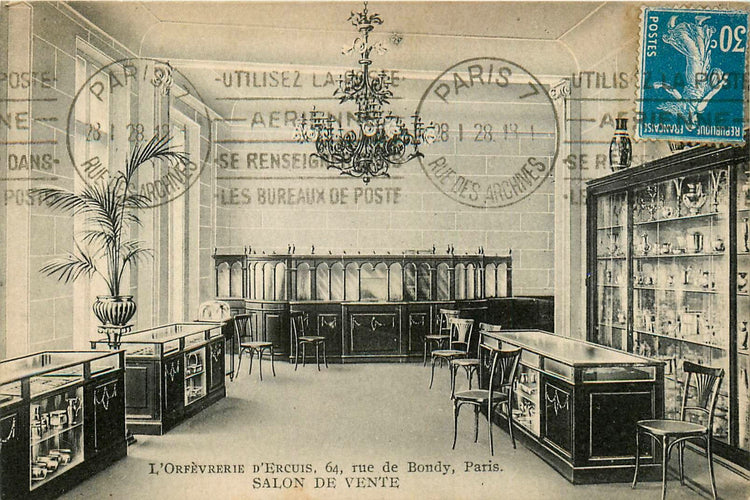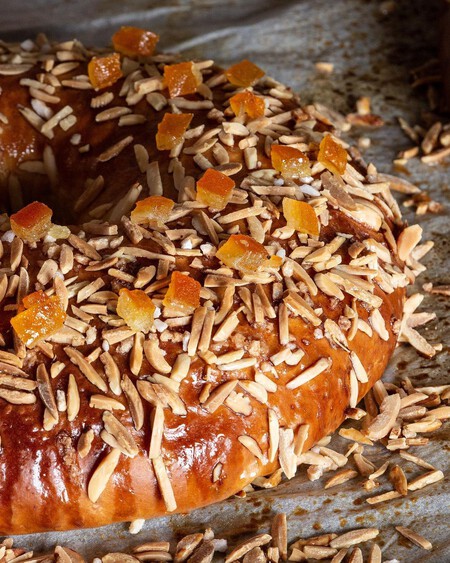Porcelain from Karlskrona (Sweden)
from 1918 to 1968
The porcelain factory in Karlskrona, Sweden, operated from 1918 to 1968. Karlskrona Porslinsfabrik was founded by the German George Rickard Wiili who moved to Sweden in 1912.
After working as an engineer at the nearby factory in Lidköping, he moved to Karlskrona where he decided to start his own factory. His idea was to import porcelain from England to sell in Sweden, however, due to the war, the company started decorating pieces imported from Germany. A year later, he decided to produce and decorate his own pieces.
The first artistic director was Edward Hald, who brought a modern vision to the designs. Other well-known artists such as Alf Jarnestad and Erik Skawonius designed some of the pieces. In 1959, the United States awarded the factory a medal for the design of the "regina" coffee service by the then artistic director Walther Garstecki. The production rate reached 30,000 pieces per day and more than 500 different models with more than 7,000 different decorations were created.
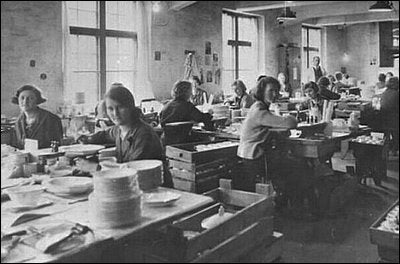
Old photograph of the interior of the Karlskrona porcelain factory. Source: Blekinge Museum
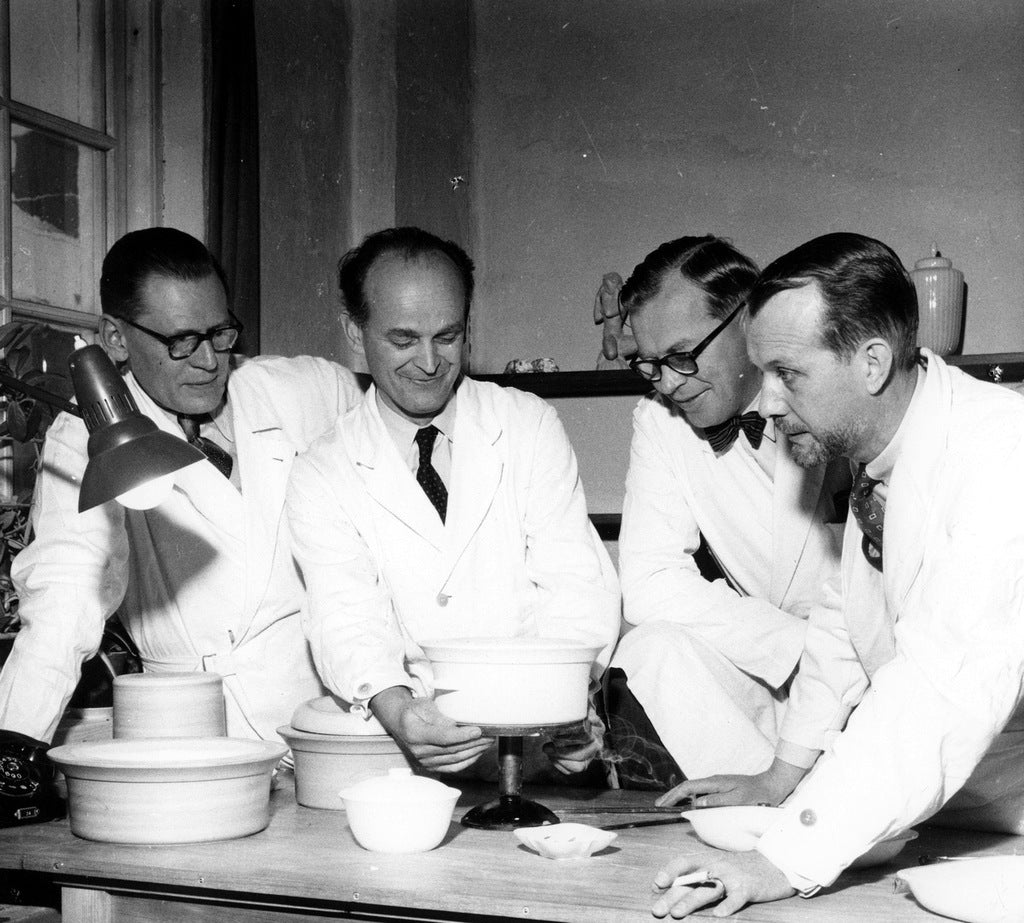
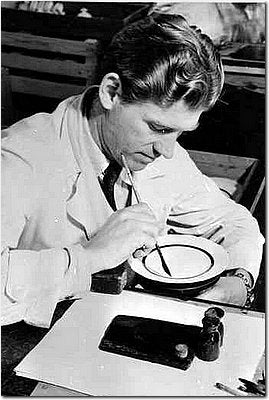
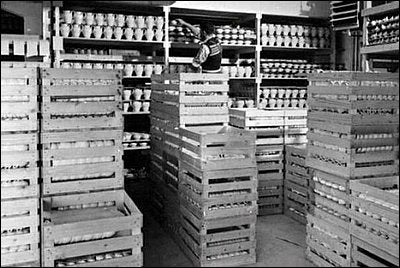
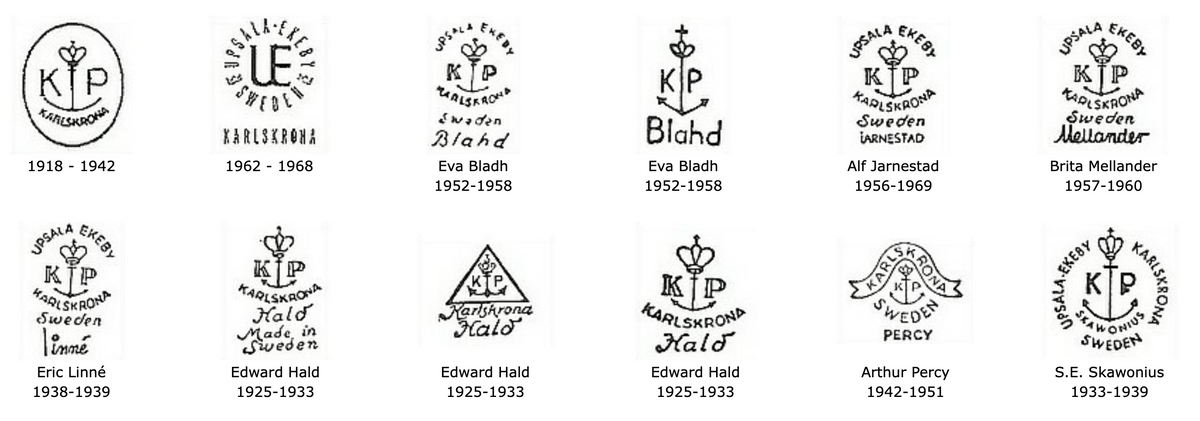
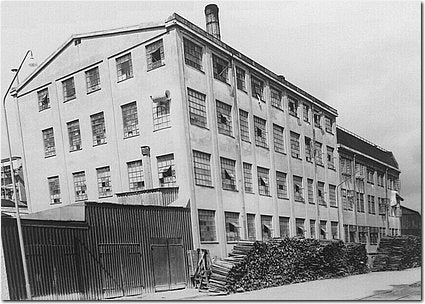
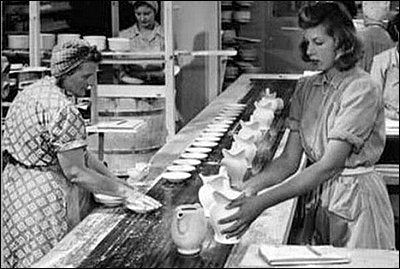
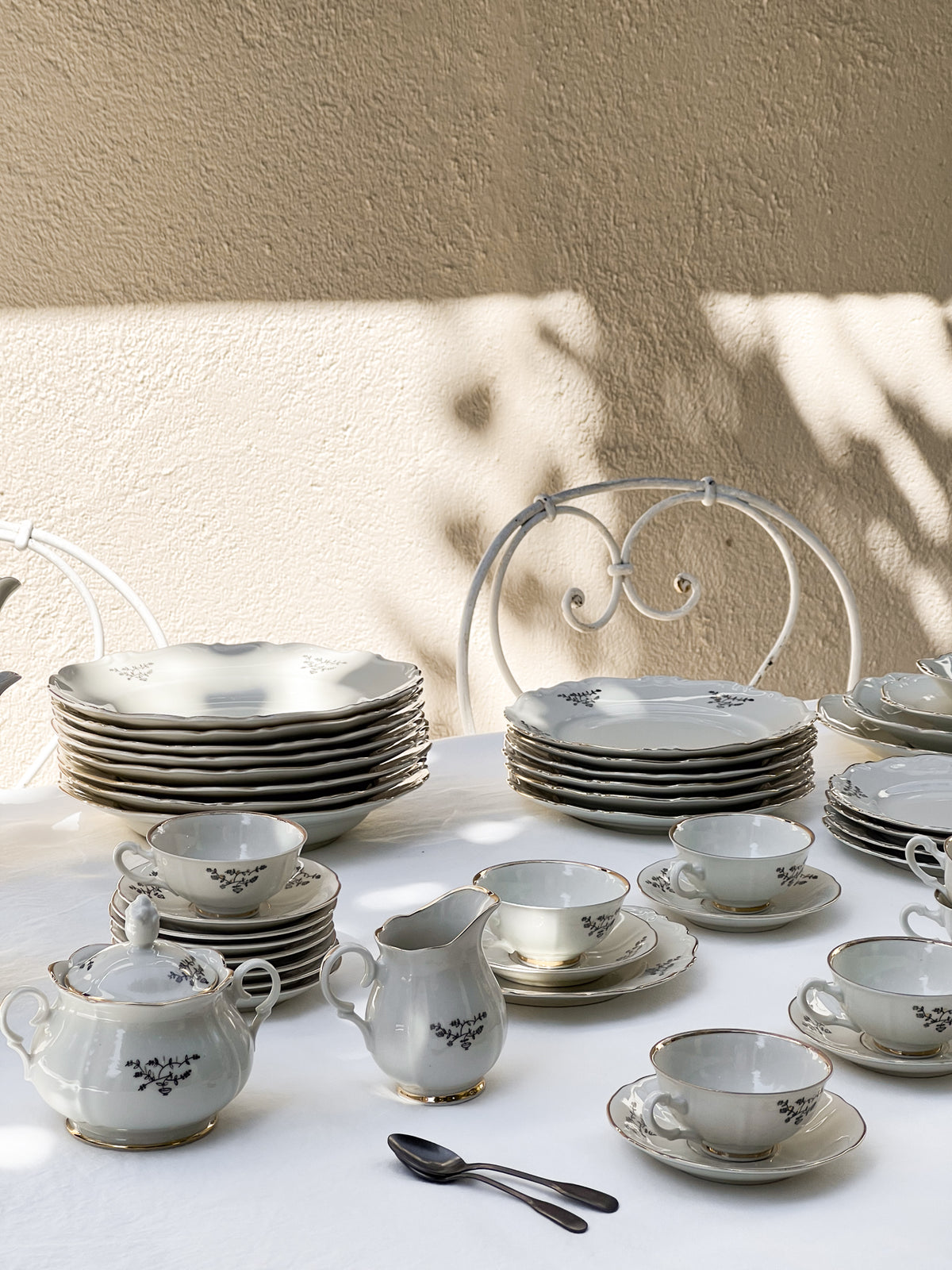
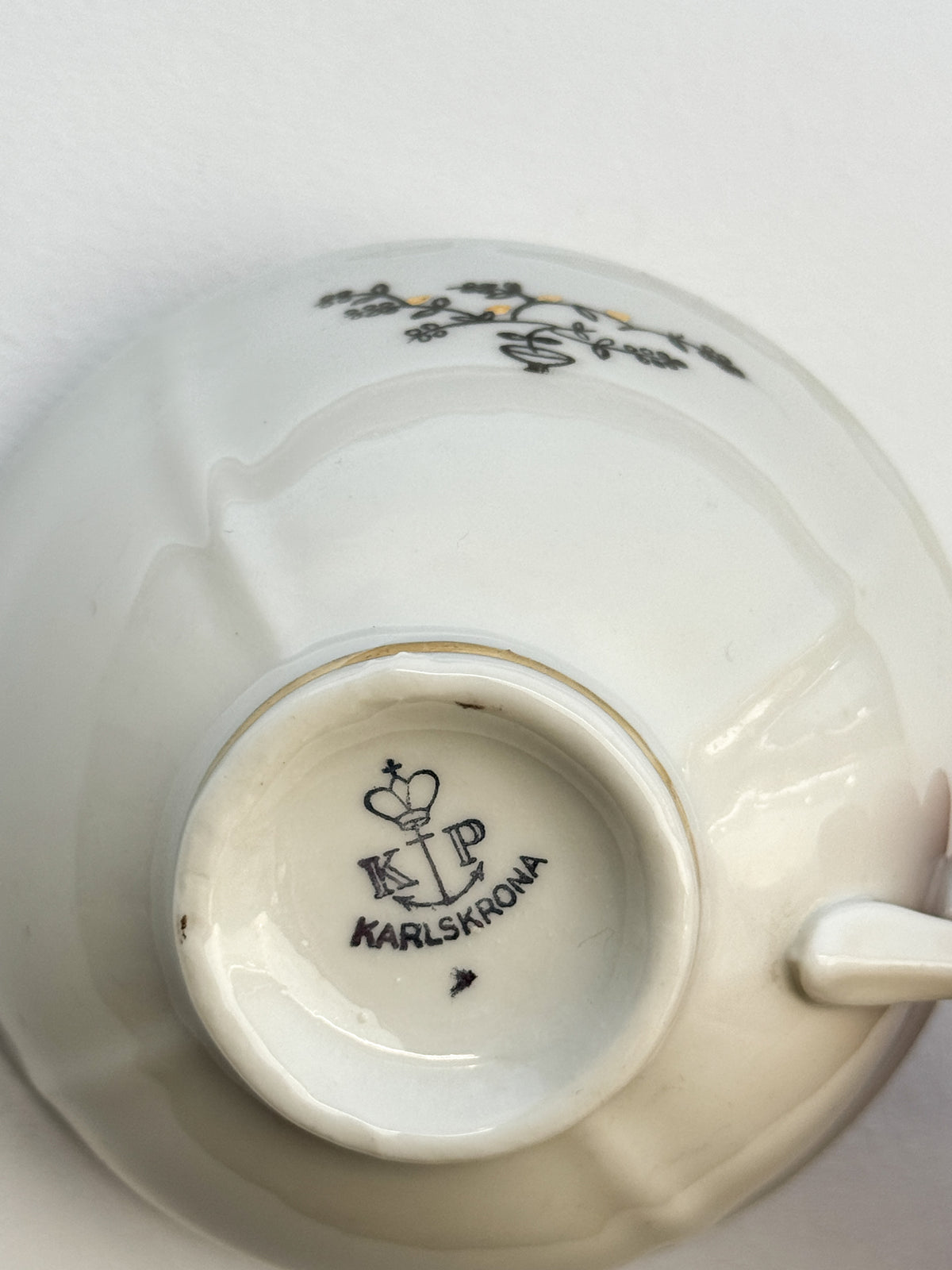
Designer, engineer and director of Karlskrona Porslinsfabrik. Source: Blekinge Museum
Old photograph of the interior of the Karlskrona porcelain factory. Source: Blekinge Museum
Old photograph of the interior of the Karlskrona porcelain factory. Source: Blekinge Museum
Different stamps used by the Karlskrona porcelain factory over the years. Source: Blekinge Museum
Old photograph of the Karlskrona factory building. Source: Blekinge Museum
Old photograph of the interior of the Karlskrona porcelain factory. Source: Blekinge Museum
Antique porcelain tableware from Karlskrona, available at Villa Las Perelli
Antique porcelain tableware from Karlskrona, available at Villa Las Perelli
